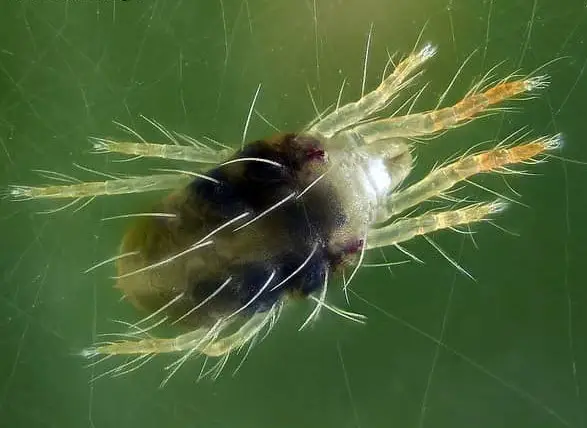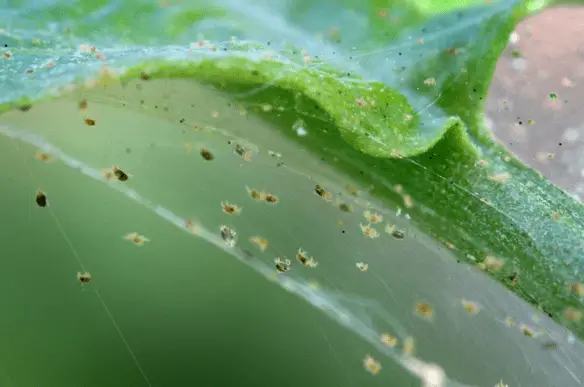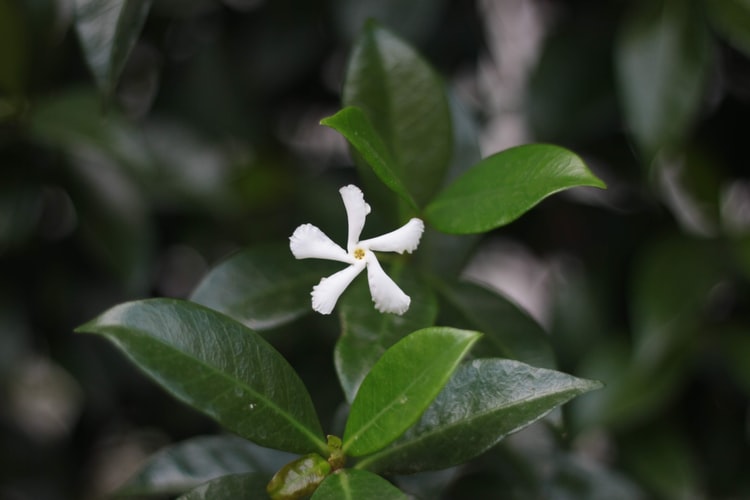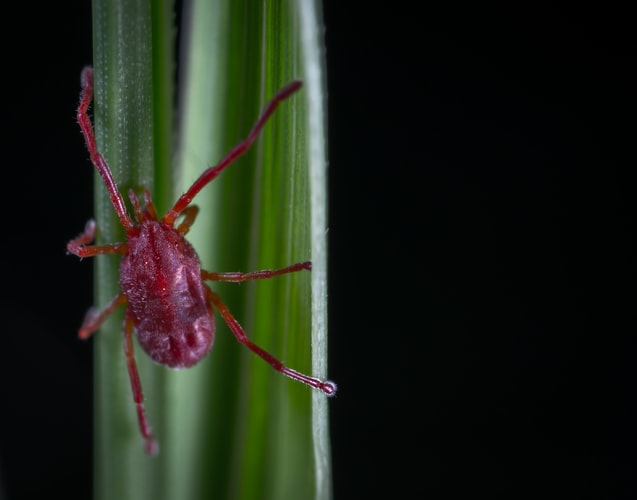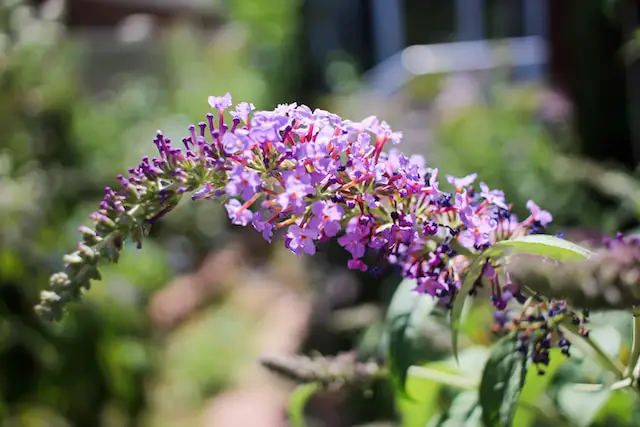
Butterfly bushes, with their vibrant blooms and butterfly-attracting qualities, are a favorite among gardeners. However, they can sometimes face health issues, such as yellowing leaves with black and brown spots.
This comprehensive guide will help you identify the causes and provide effective solutions to get your butterfly bush back to its healthy, vibrant self.
Understanding Your Butterfly Bush
Before we delve into the causes of yellowing leaves and black and brown spots, it’s important to understand the basic needs of a butterfly bush. These plants thrive in full sun and well-drained soil.
They are drought-tolerant once established but prefer regular watering during their first growing season. Understanding these needs can help you better care for your plant and prevent potential issues.
Possible Causes of Yellow Leaves with Black and Brown Spots
Several factors can cause your butterfly bush leaves to turn yellow and develop black and brown spots. Let’s explore these causes in detail:
Fungal Infections
Fungal diseases like powdery mildew or leaf spot can cause yellowing leaves and black and brown spots. These diseases thrive in humid, crowded conditions. Overhead watering or poor air circulation can exacerbate these conditions.
Insect Infestation
Pests like aphids or spider mites can cause damage to the leaves, leading to yellowing and spot formation. These pests suck the sap from the leaves, weakening the plant and making it more susceptible to diseases.
Nutrient Deficiency
A deficiency in essential nutrients, particularly iron or magnesium, can cause yellowing leaves and black and brown spots. This is often seen in plants growing in alkaline soil, where these nutrients are less available.
Environmental Stress
Environmental stressors like excessive heat, drought, or poor soil conditions can cause yellowing leaves and black and brown spots. These stressors can disrupt the plant’s normal physiological processes, leading to poor health and disease susceptibility.
Addressing the Problem
Once you’ve identified the possible cause, it’s time to address the problem. Here are some solutions:
Fungal Infections
Use a fungicide specifically formulated for ornamental plants. Ensure to provide adequate air circulation around the plant by pruning overcrowded branches. Avoid overhead watering to prevent creating a humid environment that encourages fungal growth.
Insect Infestation
Use insecticidal soap or neem oil to control the pests. Apply the solution to the affected leaves, covering both the upper and lower surfaces. Regularly check the plant for signs of infestation and repeat treatment as necessary.
Nutrient Deficiency
Apply a balanced fertilizer specifically formulated for flowering shrubs. Look for a fertilizer with a higher concentration of micronutrients, including iron and magnesium. Regular soil testing can help you monitor nutrient levels and adjust your fertilization practices accordingly.
Environmental Stress
Provide adequate water to the plant during dry periods. Consider providing shade or using mulch around the base of the plant to help regulate soil temperature and moisture levels. If the soil is poor, consider amending it with organic matter to improve its structure and nutrient content.
Frequently Asked Questions
Here are some frequently asked questions about butterfly bush care:
1. How often should I water my butterfly bush?
Butterfly bushes prefer a deep watering once a week. However, this can vary depending on the climate and soil type. Always check the soil moisture levels before watering.
2. Can butterfly bushes grow in pots?
Yes, butterfly bushes can grow in pots. However, they will need regular watering and feeding to thrive. Make sure the pot has adequate drainage to prevent waterlogging.
3. When should I prune my butterfly bush?
Butterfly bushes should be pruned in early spring before new growth begins. This encourages a more compact growth habit and more flowers.
4. Can butterfly bushes withstand frost?
Butterfly bushes are hardy and can generally withstand frost. However, in areas with harsh winters, it’s a good idea to provide some protection, such as a layer of mulch around the base of the plant.
Conclusion
Identifying the cause of yellow leaves with black and brown spots on your butterfly bush is the first step to restoring its health. Whether it’s a fungal infection, insect infestation, nutrient deficiency, or environmental stress, addressing the issue will help your plant thrive.
Remember, every plant is unique, and what works for one might not work for another. Always monitor your plant’s response to treatments and adjust as necessary. With the right care and attention, your butterfly bush will be back to its vibrant best in no time.
I hope this information was helpful! If you want to know more about plants, please join our free weekly newsletter and follow our social platform:

